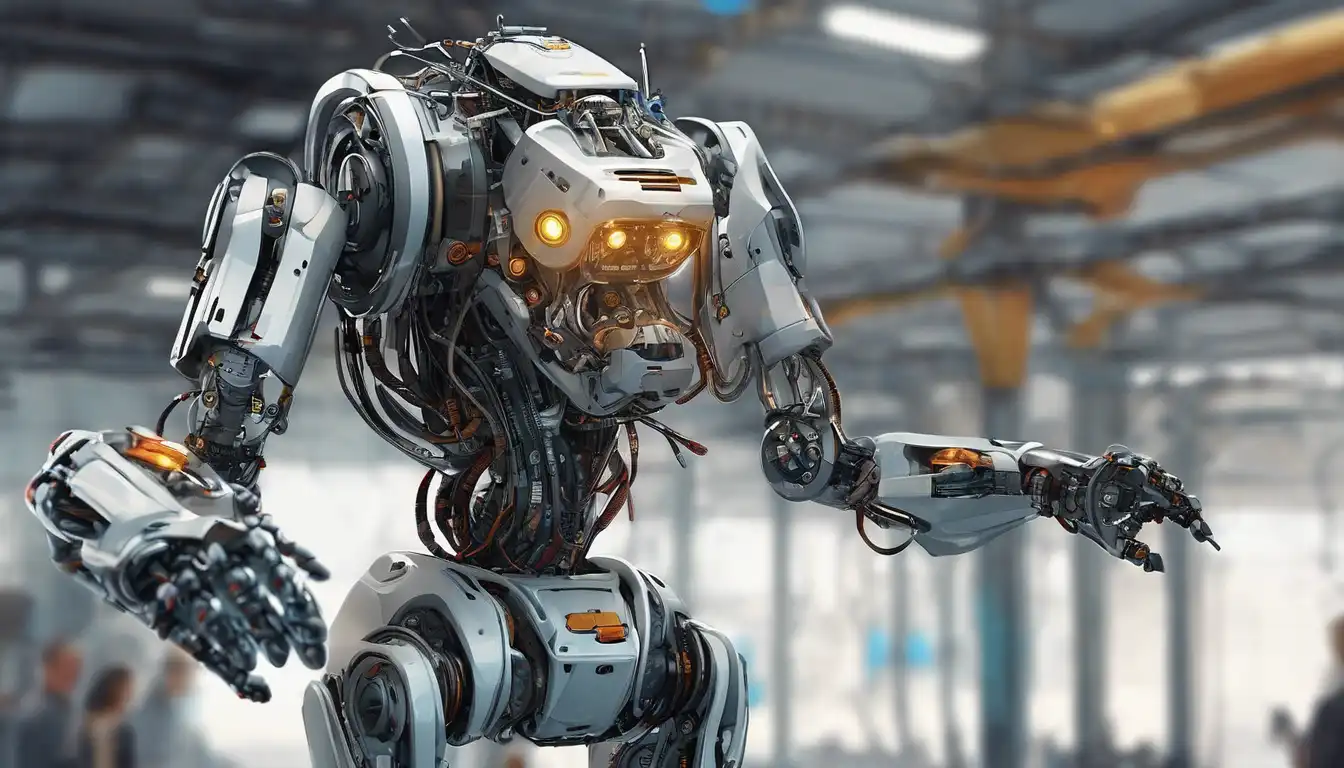Introduction to Robotics
Robotics represents a fascinating intersection where technology and innovation converge to create machines capable of performing tasks autonomously or semi-autonomously. This field has evolved significantly over the years, from simple mechanical devices to complex systems integrated with artificial intelligence (AI) and machine learning. Today, robotics is at the forefront of technological advancement, driving changes in industries such as manufacturing, healthcare, and entertainment.
The Evolution of Robotics
The journey of robotics began with the creation of basic mechanical automata in ancient times. However, the modern era of robotics started in the 20th century with the introduction of industrial robots. These machines were designed to perform repetitive tasks, increasing efficiency and productivity in manufacturing processes. Over time, advancements in computer technology and AI have enabled the development of more sophisticated robots capable of learning and adapting to their environments.
Current Trends in Robotics
Today, robotics is characterized by several key trends. These include the integration of AI and machine learning, which allows robots to perform complex tasks with minimal human intervention. Another significant trend is the rise of collaborative robots, or cobots, which work alongside humans in shared spaces. Additionally, the field is seeing increased interest in autonomous vehicles and drones, which rely on robotics technology for navigation and operation.
The Impact of Robotics on Society
The impact of robotics on society is profound and multifaceted. On one hand, robots have the potential to improve quality of life by taking over dangerous or mundane tasks, thereby reducing human exposure to hazardous conditions and freeing up time for more creative pursuits. On the other hand, the rise of robotics raises important questions about job displacement and the need for new skills in the workforce. Despite these challenges, the benefits of robotics, such as increased efficiency and the ability to perform tasks beyond human capabilities, are undeniable.
Future Prospects of Robotics
Looking ahead, the future of robotics is incredibly promising. Researchers are exploring the potential of soft robotics, which uses flexible materials to create robots that can adapt to various environments and tasks. Another exciting area of development is swarm robotics, where multiple robots work together to achieve a common goal, mimicking the behavior of social insects. As robotics technology continues to evolve, it will undoubtedly open up new possibilities for innovation and creativity across all sectors of society.
Conclusion
Robotics stands at the intersection of technology and innovation, offering endless possibilities for the future. From improving industrial processes to enhancing everyday life, the potential applications of robotics are vast and varied. As we continue to explore this dynamic field, it is clear that robotics will play a pivotal role in shaping the technological landscape of tomorrow. For those interested in learning more about the latest developments in robotics, be sure to check out our technology section for more insights and updates.
